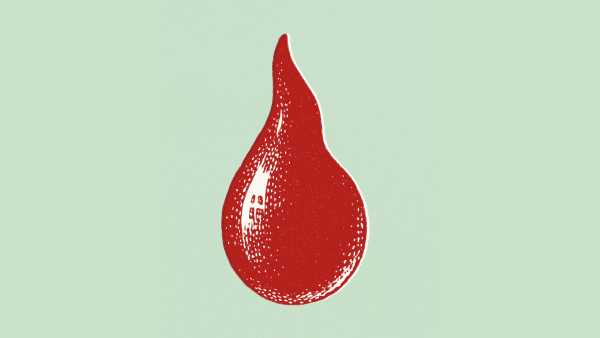
(Photo courtesy of Olga Pankova via Getty Images)
Alcohol causes approximately 100,000 cases of cancer and 20,000 cancer deaths each year in the United States, making it the third leading preventable cause of cancer after tobacco and obesity. In 2025, the U.S. Surgeon General issued guidelines on the relationship between alcohol and cancer risk, proposing to add warnings to alcoholic beverage packages.
But how does alcohol contribute to cancer?
Research shows that alcohol causes cancer in at least five different ways, with cancer risk increasing with increased alcohol consumption. In addition, the carcinogenic effects of alcohol may be more pronounced in those who are genetically predisposed to cancer.
Alcoholic beverages contain ethanol, also known as ethyl alcohol, and it is a key element in the first mechanism by which alcohol causes cancer. Ethanol can disrupt DNA methylation, a process in which molecules attach to DNA molecules to determine whether a gene is active. Research shows that methylation of genes responsible for controlling tumor growth can effectively “turn them off,” leading to tumor formation.
Ethanol remains a problem even after the body begins to break it down. First, an enzyme converts it into a substance called acetaldehyde.
“Both ethanol and acetaldehyde are carcinogens, and when they come into contact with the mucous membranes of the mouth, throat, or esophagus, they can cause cancer,” Dr. Noelle LoConte, an assistant professor of medicine at the University of Wisconsin School of Medicine and Public Health, told Live Science in an email. Like ethanol, acetaldehyde can also disrupt DNA methylation.
Acetaldehyde also directly damages DNA and interferes with its synthesis and repair. Because DNA provides instructions for cell growth, DNA damage can lead to uncontrolled cell growth, which eventually leads to tumor formation. Cells in the mouth and liver, where alcohol is broken down into acetaldehyde, are at particular risk for this damage.
The third mechanism involves harmful molecules known as reactive oxygen species (ROS). These molecules are natural byproducts of cellular metabolism, but in excess they can cause oxidative stress, which damages DNA.
Studies have shown that heavy alcohol consumption increases levels of an enzyme called CYP2E1 in the esophagus; this enzyme is normally responsible for metabolizing drugs. Increased levels of CYP2E1 lead to increased production of DNA-damaging ROS, which causes gene mutations and tumor formation. ROS also disrupt the behavior of cells, causing them to multiply and spread out of control. In the liver, ROS trigger the production of inflammatory substances and the fibrous protein collagen, which leads to liver scarring (cirrhosis). This, in turn, increases the risk of liver cancer, LoConte explained.
The fourth mechanism linking alcohol to cancer concerns its effect on estrogen levels.
“Alcohol increases the level of estrogen in the blood… which is the fuel for some breast cancers,” LoConte explained. Scientists believe that when tumor cells have a receptor for estrogen, it can bind to it, making the tumor cell more active and speeding up its growth and spread. Research suggests that alcohol may trigger breast tumors and worsen existing breast cancer.
A fifth mechanism linking alcohol to cancer suggests that alcohol may act as a solvent for cancer-causing molecules from other sources, such as tobacco smoke. These harmful particles dissolve in alcohol, making it easier for them to penetrate various tissues and damage DNA. This effect particularly increases the risk of cancers of the mouth and throat.
Unlike cancers of the mouth, throat and liver, there is no link between alcohol
Sourse: www.livescience.com





